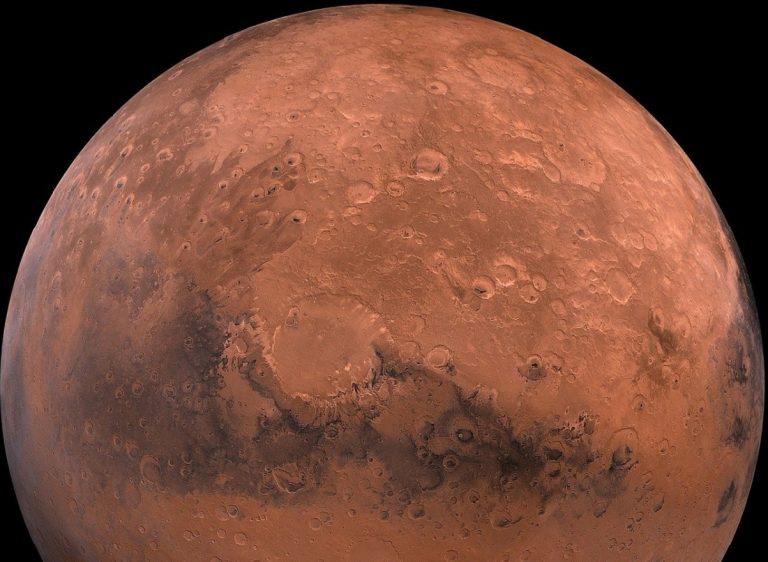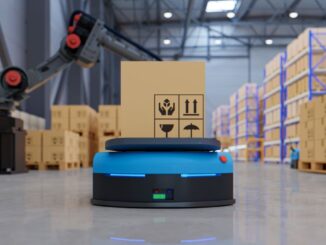
The United Arab Emirates will release a spacecraft and was set to swing into orbit around Mars. It happened in the Arab world’s first interplanetary mission on Tuesday. The first of three robotic explorers will be arriving at the red planet over the next week and a half.
Arab spacecraft closest in on Mars
The orbiter, called Amal, travelled 300 million miles in nearly seven months to get to Mars. This Arabic for Hope has the goal of mapping its atmosphere throughout each season. A combination of orbiter and lander from China is close behind, scheduled to reach the planet on Wednesday.
It will circle Mars until the rover separates and attempts to land on the surface in May to look for signs of ancient life.
A rover from the U.S. named Perseverance will join the crowd next week. It aims for a landing on February 18. It will be the first leg in a decade-long U.S.-European project to bring Mars rocks back to Earth to be examined for evidence the planet once harboured microscopic life. The facts told that about 60% of all Mars missions failed, crashing, burning up, or falling short in a testament to the complexity of interplanetary travel. The difficulty of making a descent through Mars’ thin atmosphere is real.
If its success, China will become only the second country to land successfully on Mars. The U.S. has done it eight times, the first almost 45 years ago. A NASA rover and lander are still working on the surface. For the UAE, it was the country’s first attempt beyond Earth’s orbit. It is making the flight a matter of intense national pride. Burj Khalifa, the tallest tower on Earth, glowed red to mark Amal’s anticipated arrival. This year is the 50th anniversary of the UAE’s founding, casting even more attention on Amal.
Amal was expected to perform a complex, high-stakes series of turns and engine firings to manoeuvre into orbit and achieve what has avoided so many before.
“Anything that slightly goes wrong and you lose the spacecraft,” said Sarah al-Amiri, minister of state for advanced technology and the chair of the UAE’s space agency. Success would be an enormous boost to the UAE’s space ambitions. The country’s first astronaut rocketed into space in 2019, hitching a ride to the International Space Station with the Russians. That’s 58 years after the Soviet Union and the U.S. launched astronauts.
In developing Amal, the UAE chose to collaborate with more experienced partners instead of going it alone or buying the spacecraft elsewhere. Its engineers and scientists worked with researchers at the University of Colorado, the University of California at Berkeley, and Arizona State University.
The spacecraft was assembled at Boulder, Colorado, before being sent to Japan for launch last July. The car-size Amal cost $200 million to build and launch; that excludes operating costs at Mars. The Chinese and U.S. expeditions are considerably more complicated — and expensive — because of their rovers. NASA’s Perseverance mission totals $3 billion.
“This mission was never about just reaching Mars. Mars is just a means for a much bigger objective,” said Omran Sharaf, Amal’s project manager.
READ MORE:




